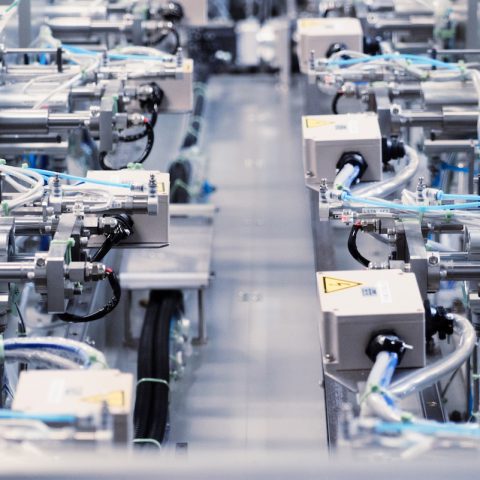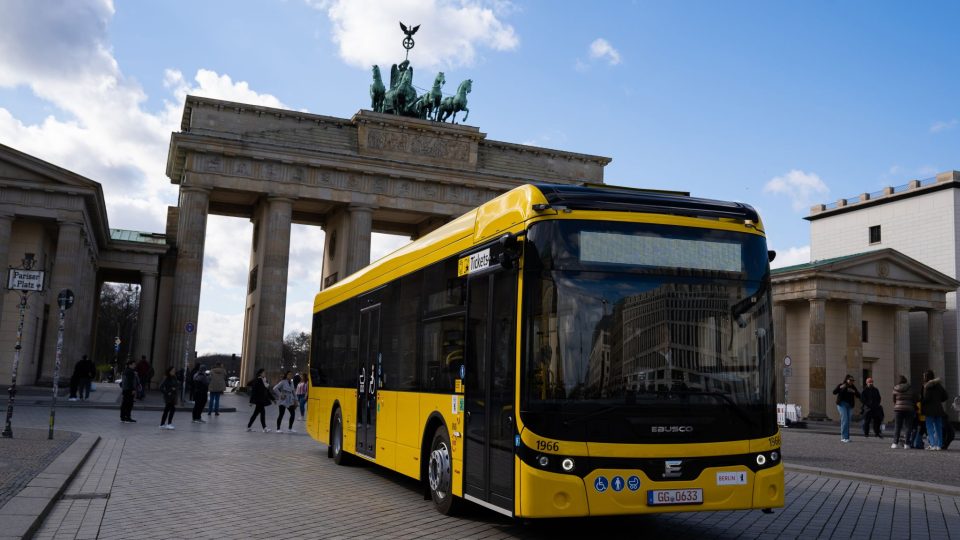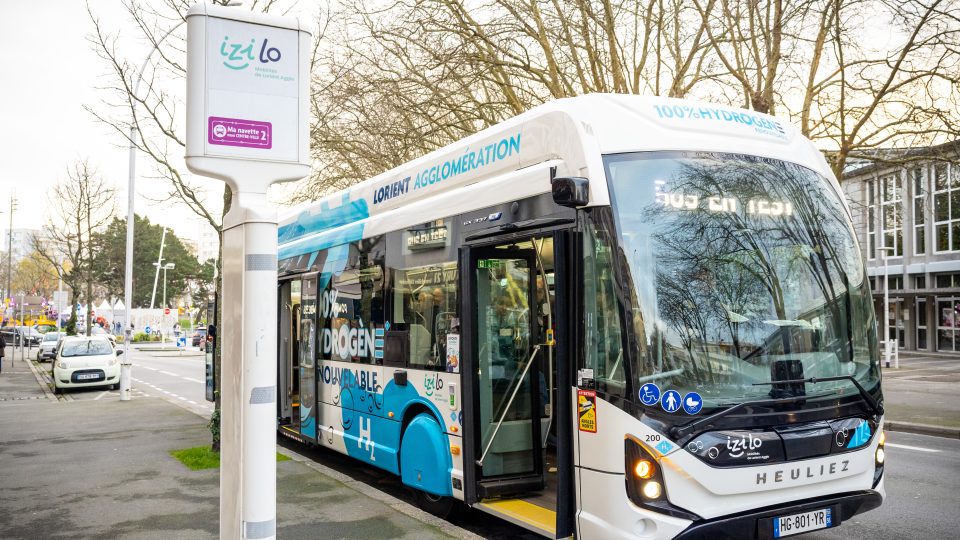Leclanché launches new lithium-ion cell for the electric bus and truck market
Leclanché develops 65 Ah high energy lithium-ion pouch cell addressed at the electric and hybrid bus and truck market. The new GL 65 Ah G/NMC (graphite/nickel manganese cobalt oxide) cells are specially designed for energy intensive applications. In February 2021 the Swiss company unveiled the new battery system INT-39 Energy. Leclanché launches new cells with 515 Wh / […]

Leclanché develops 65 Ah high energy lithium-ion pouch cell addressed at the electric and hybrid bus and truck market. The new GL 65 Ah G/NMC (graphite/nickel manganese cobalt oxide) cells are specially designed for energy intensive applications. In February 2021 the Swiss company unveiled the new battery system INT-39 Energy.
Leclanché launches new cells with 515 Wh / l energy density
The new energy cells provide 10% more energy and also feature a 10% increase in energy density (up to 515 Wh / l) compared to the company’s 60 Ah cell – all within the same size and weight, Leclanché highlights.
«The cells use state of the art materials that allow for longer lifetime, high cycle life along with fast charge capability. This allows for extended range and 80% recharge in less than 30 minutes. The high volumetric density, combined with their high cycle stability, make these cells well suited for heavy duty applications such as buses and trucks» the Swiss company says.
New GL 65 energy cell by Leclanché
Leclanché supplies cells with two different types of electrochemistry: lithium titanium oxide (LTO) for leading performance in long-life and rapid-charge applications, and graphite-nickel manganese cobalt oxide (G-NMC) for energy intensive applications. The GL 65 energy cells (as well as the GL 60 cells) are manufactured by Leclanché in its production facility located in Willstätt, Germany.










